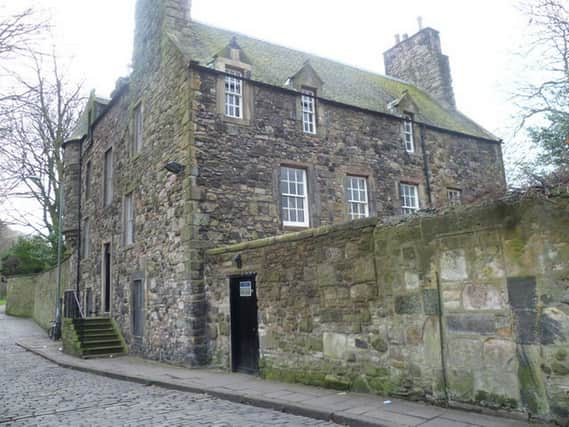Indeed, Edinburgh has an incredible number of old buildings – many of them built more than 500 years ago.
Take a look through our photo gallery to see the 11 of the oldest buildings in the city.
And let us know your favourite in the comments section before you go.
And let us know your favourite in the comments section before you go.
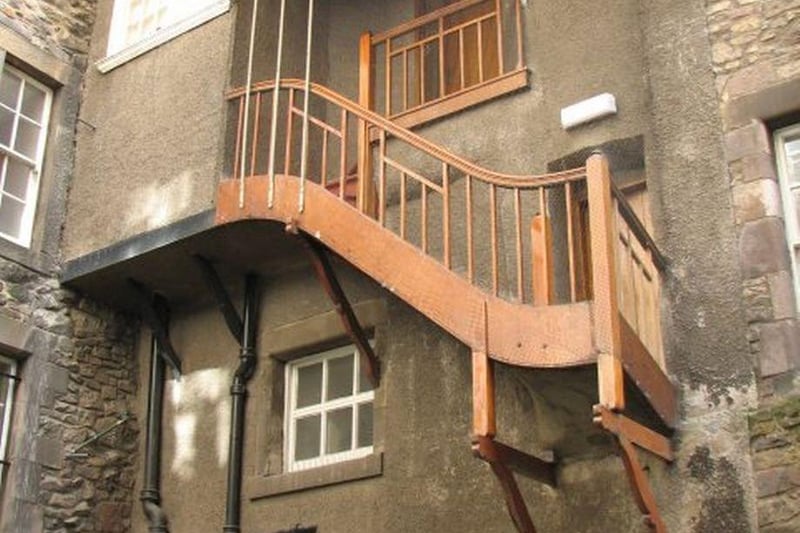
5. Riddle’s Court, Royal Mile
A hidden gem dating back to the 1590s, Riddle’s Court is a picturesque Category A-listed merchant’s tenement situated on the Royal Mile. Each room reveals a different chapter of its 500-year history - from a painted ceiling installed for a royal banquet to one created for students to dine under. For more information, visit www.riddlescourt.org.uk Photo: Wikimedia Commons
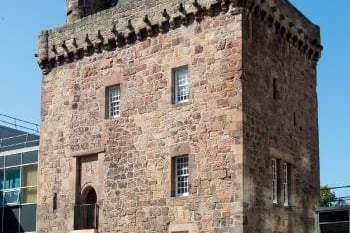
6. Merchiston Tower, Colinton Road
Sometimes referred to as Merchiston Castle, this five-storey L-plan tower was built around 1454 by Alexander Napier, the second Laird of Merchiston. The building remained in the Napier family for several centuries and it is recorded that John Napier, the inventor of logarithms was born here in 1550. How appropriate then that the tower is now situated in the grounds of modern-day Napier University. The tower was built upon a rocky outcrop, which can still be seen on two sides of the building. Photo: Napier University
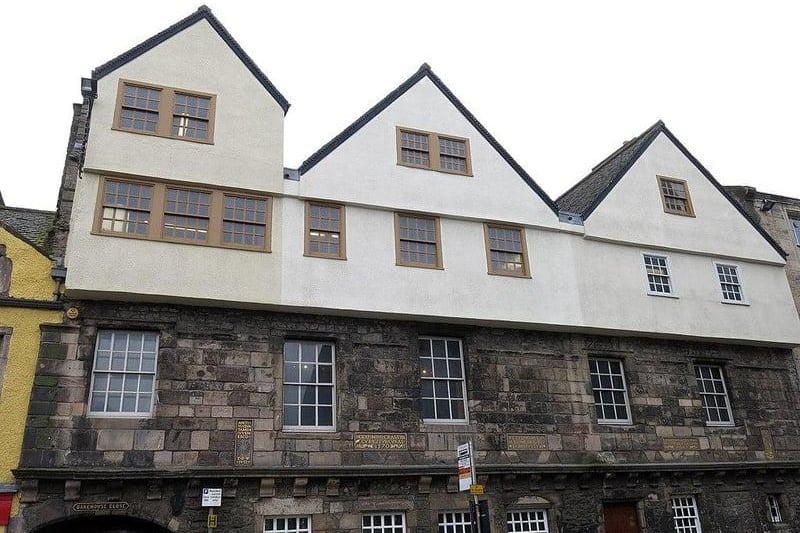
7. Huntly House, Canongate
Similar to John Knox House and Moubray House further up the Royal Mile, Huntly House features overhanging gables. It was built around 1570 and has still managed to maintain its historic character. It is thought to have been named in the 17th century after the Marquis of Huntly, who stayed here for a time. The house is sometimes referred to as the ‘speaking house’ on account of Latin inscriptions displayed on its facade. Several inscriptions have been added over the centuries. Huntly House is now home to the Museum of Edinburgh. Photo: Third Party
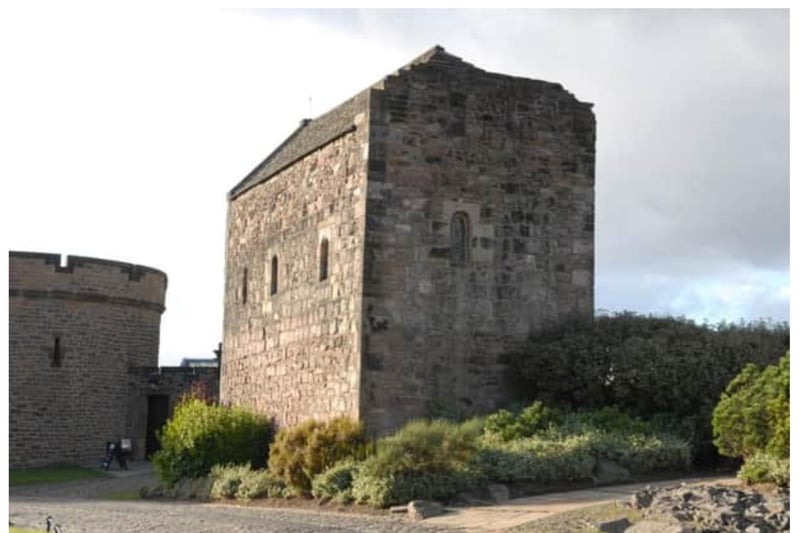
8. St Margaret’s Chapel, Edinburgh Castle
Thought to have been completed in 1130 by King David in honour of his mother, Queen Margaret, St Margaret’s Chapel has seen a fair few changes in Edinburgh. In fact, as the oldest building in the entire city, it’s seen all the changes. The chapel is situated within the walls of Edinburgh Castle, which may sound like a safe place to be until you consider that the castle has historically been the most besieged location in the whole of Britain. Once you factor in the Protestant Reformation of the 1500s and the fact that the chapel lay disused for centuries afterwards - save for a spell as a storage room for gunpowder - it’s actually quite incredible that it’s still standing. Today’s chapel has since been tastefully restored, first by Queen Victoria in the 1850s, who made it usable once more and reintroduced stained glass to its five windows, and again in 1922. Despite the rather compact little chapel only being able to hold around 20 people, modern weddings and baptisms are a regular occurrence at the 900-year-old place of worship. Photo: Stuart Cobley
